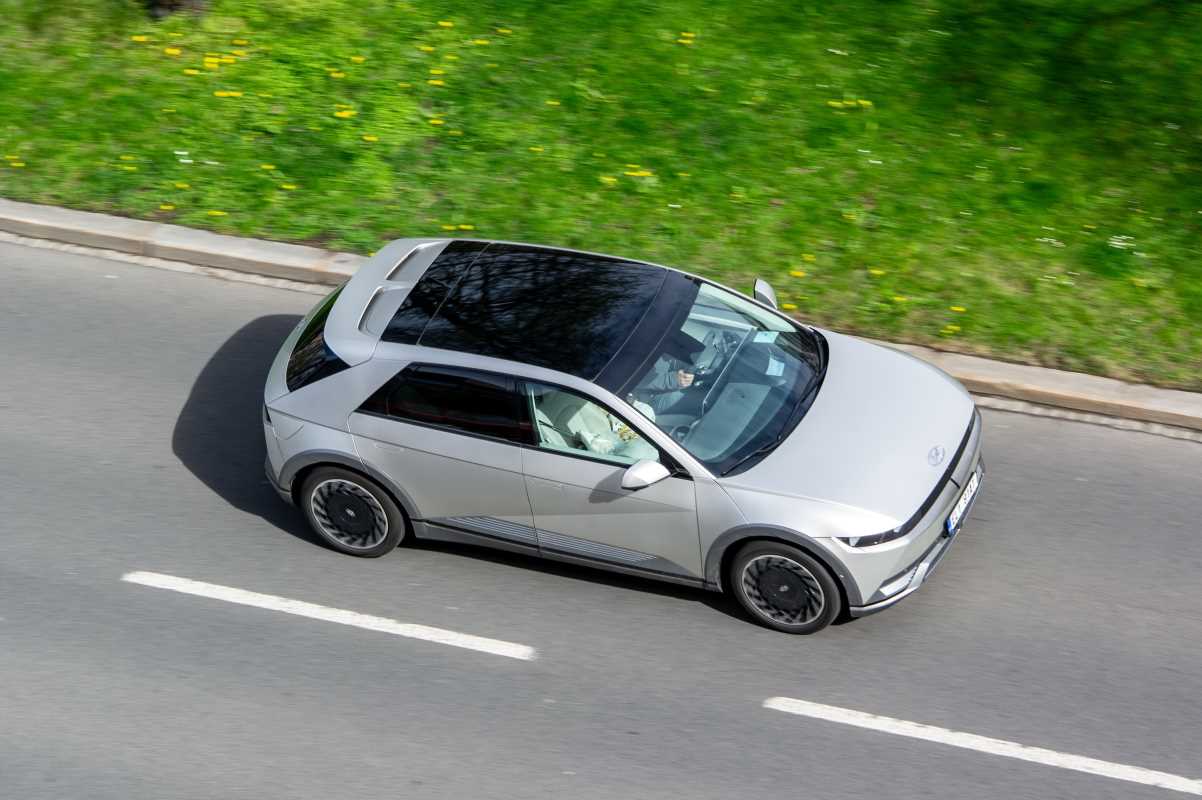Driving an electric vehicle brings a refreshing sense of adventure while helping protect the environment. Instead of stopping at traditional gas stations, you can recharge at locations close to natural wonders like waterfalls, quiet forests, and sweeping coastlines. Each stop becomes an opportunity to connect with the landscape, making every trip more memorable. Choosing an electric vehicle lets you explore less-traveled paths, discover hidden viewpoints, and enjoy sunrise moments in solitude. Careful planning ensures your route remains smooth and enjoyable, rewarding you with both peace of mind and the thrill of discovering new places while reducing your impact on the world around you.
Charge bars now serve as planning anchors instead of scenic overlooks: you see a charging station icon, then discover a hidden trailhead or marshland boardwalk. For those who prefer expansive views and detailed maps over engine noise and exhaust fumes, this change turns every roadside stop into a chance to reset, stretch, and capture a memory.
How EV trips change outdoor exploration
- Plug-and-play rest stops become small hubs of discovery: instead of fueling, you sip local craft sodas, browse farm stands, or look through wildlife guides at visitor centers while your battery charges.
- Quiet cabins of modern luxury EVs let you listen to rustling reeds, highland winds, or seabird calls without engine noise interrupting, creating a stronger connection with each landscape’s natural sounds.
- Regenerative braking on winding forest roads feeds energy back into the battery whenever you coast downhill, turning steep mountain passes into opportunities to recapture power and increase your driving range.
- Mapping apps that emphasize eco-friendly travel routes highlight less-busy roads, guiding you along quiet backroads that follow river valleys or avoid the edges of national parks, instead of funneling millions of drivers onto crowded freeways.
- Charging networks pop up near eco-friendly lodges and glamping sites, so overnight stops can include solar-heated showers and farm-to-table dinners instead of bland highway motel chains.
- EV-specific audio tours sync with your GPS, offering short narrated segments about local plants, hidden viewpoints, or migratory bird pathways while you cruise at eco-friendly speeds.
New viewpoints along the eco-friendly highway
- Modular rooftop tents attach easily to many EV models, creating a mobile basecamp that unfolds in five minutes. Combine that with portable solar panels, and you can wake up to sunrise reflections on alpine lakes without using campground power.
- Interactive wildlife-tracking apps let you record sightings of deer, otters, or migrating hawks in real time, turning each stop into a small citizen-science project. It’s a simple way to add purpose to every pit stop.
- Night-sky stargazing guides calibrated for your GPS coordinates notify you when the Milky Way core is highest or when a meteor shower peaks—no need to wait for park rangers to read paper star charts at dusk.
- Modular storage systems organize your gear into weatherproof pods, so you can leave camping equipment sealed away at the campsite while heading out for a day hike without lugging tents and coolers in the cabin.
Top 5 Electric Vehicle Road Trips
- Pacific Coast EV Corridor – California, Oregon, Washington
- Highlights: 1,400 miles of windswept cliffs overlooking the Pacific.
- Charging: Public & private fast chargers (~$0.20 per kWh).
- Tip: Plan stops at state parks around sunset to see bioluminescent plankton washes and avoid midday crowds.
- Highland Ring of Kerry Loop – Ireland
- Highlights: 111-mile circuit of rugged cliffs, stone-ringed fort ruins, sheep-dotted pastures.
- Charging: Mostly free at village squares; some rural chargers require contactless card (~€0.10 per kWh).
- Tip: Stop at a local dairy co-op shop for fresh-baked soda bread while charging.
- Swiss Alpine Recharge Trail – Switzerland
- Highlights: 300-mile loop through Grimsel & Furka passes with glacier views and alpine lakes.
- Charging: Public fast chargers (~CHF 0.35 per kWh).
- Tip: Use green-certified hotel chargers in Andermatt to tap hydroelectric power and pick up local hand-pressed cider.
- Garden Route EV Voyage – South Africa, Western Cape
- Highlights: 200-mile stretch from Mossel Bay to Storms River Gorge with coastal forests and lagoons.
- Charging: 50 kW stations (~ZAR 2.50 per kWh).
- Tip: Take a dawn kayak eco-tour at the Touw River mouth after a quick charge at a beachfront café with binoculars for wildlife spotting.
- Ring Road Iceland Circuit – Iceland
- Highlights: 828-mile island loop with volcano fields, waterfalls, and black-sand beaches.
- Charging: Stations every ~60 miles, often free at municipal points.
- Tip: Download an offline map of geothermal pools and review it during charging breaks in turf-roof towns.
Charging essentials and helpful apps
- Select a charge network app that notifies you if a stall goes offline so you don’t arrive at a dead charger. Many apps provide live updates and station photos uploaded by other drivers.
- Bring a universal charging adapter kit. Even if your EV uses a standard plug type, secondary connectors let you borrow power from campground or hotel outlets when public chargers are busy.
- Carry a collapsible EV cable cover. Slide it on after unplugging to keep connectors free of mud or sand when you hike out to a scenic overlook before sunset.
- Bookmark an online community forum dedicated to EV road trippers. Members often share insider tips on hidden chargers inside winery car parks or beneath canopy-covered picnic pavilions.
Practicing these habits makes each EV road trip feel like a smooth adventure, with every recharging break offering a chance to relax in nature’s best spots.
Use these tips to enjoy quieter drives and start each day refreshed in both body and battery. Make the switch to engine roars for a smoother ride.







